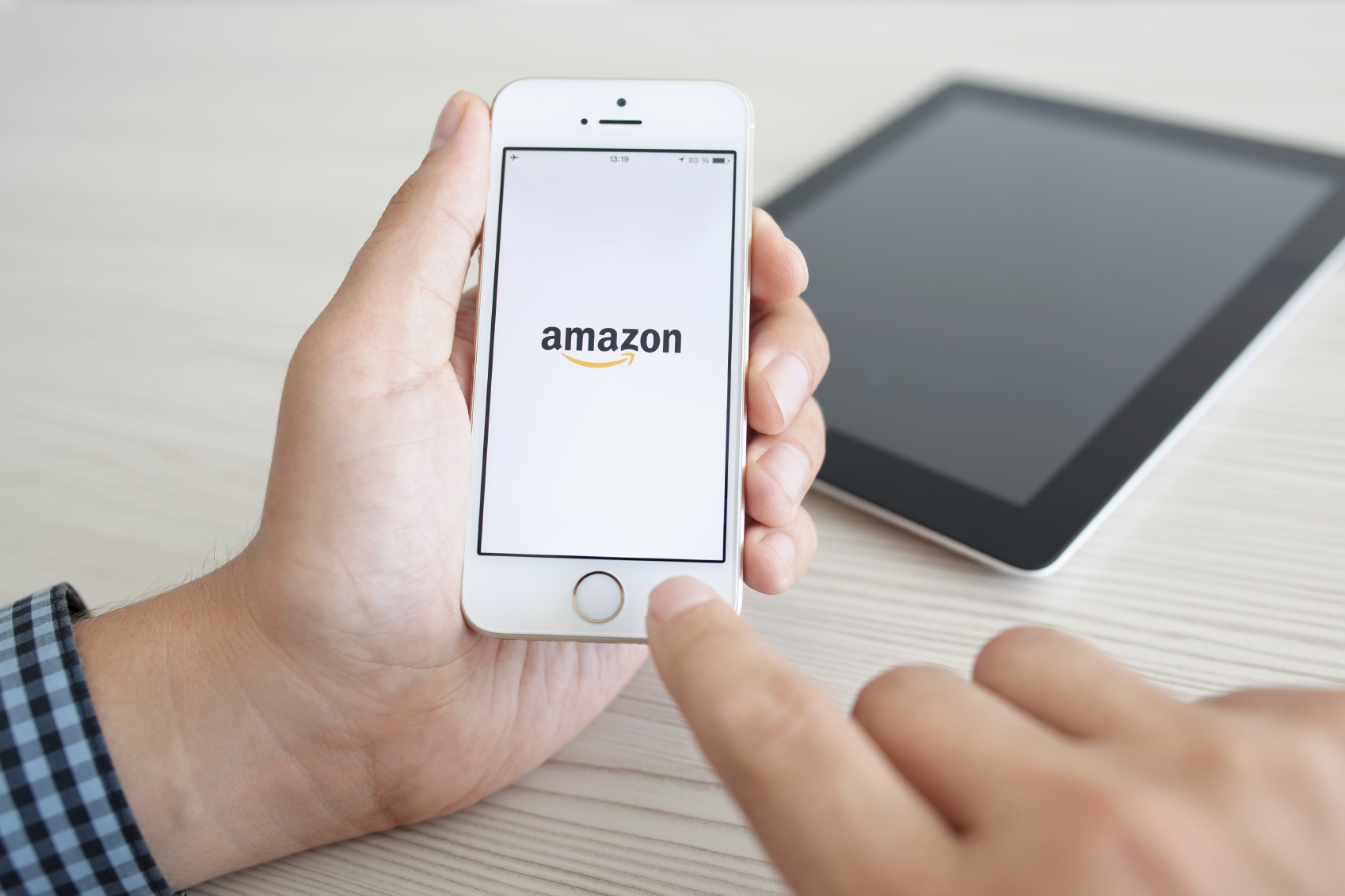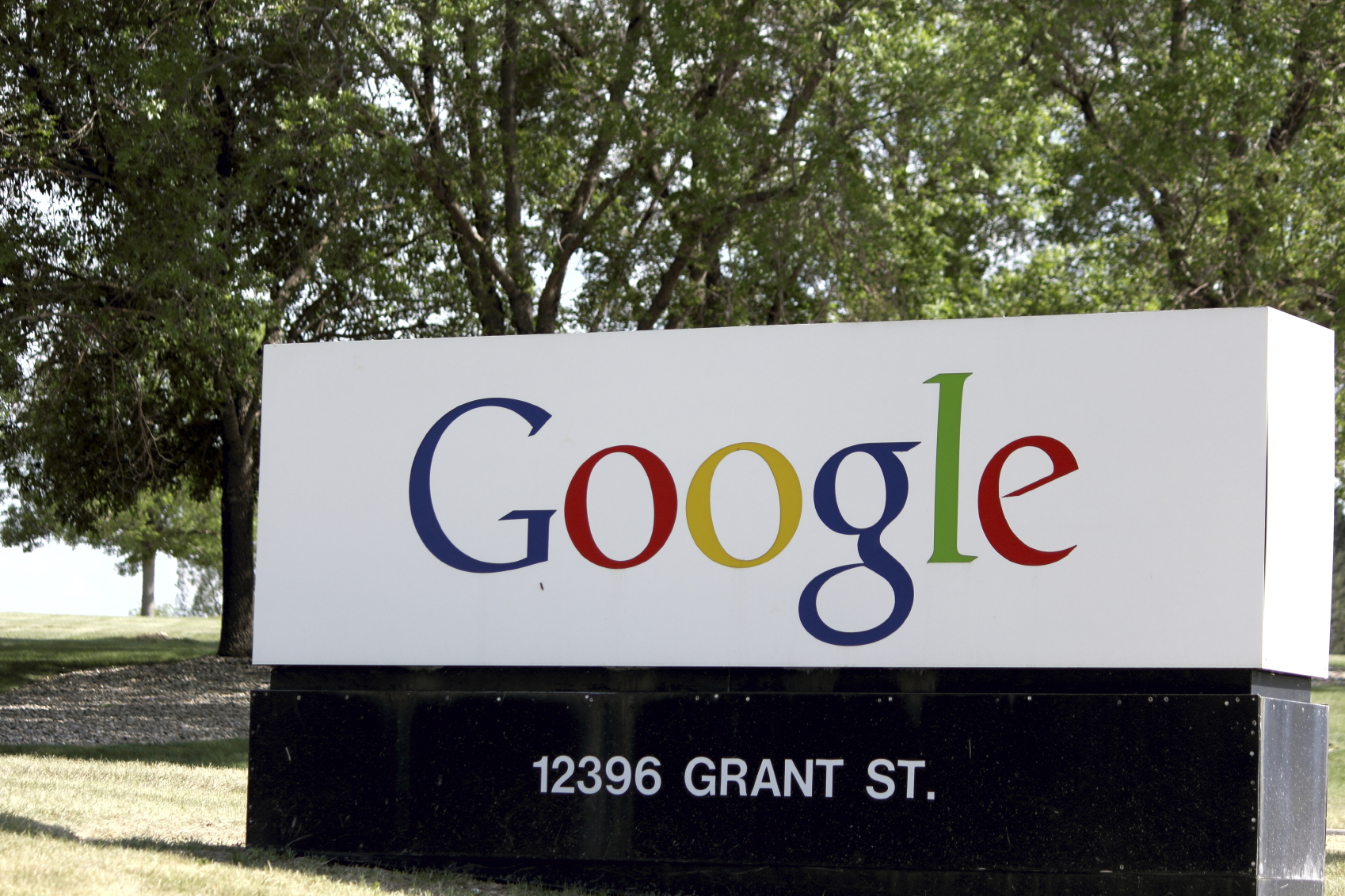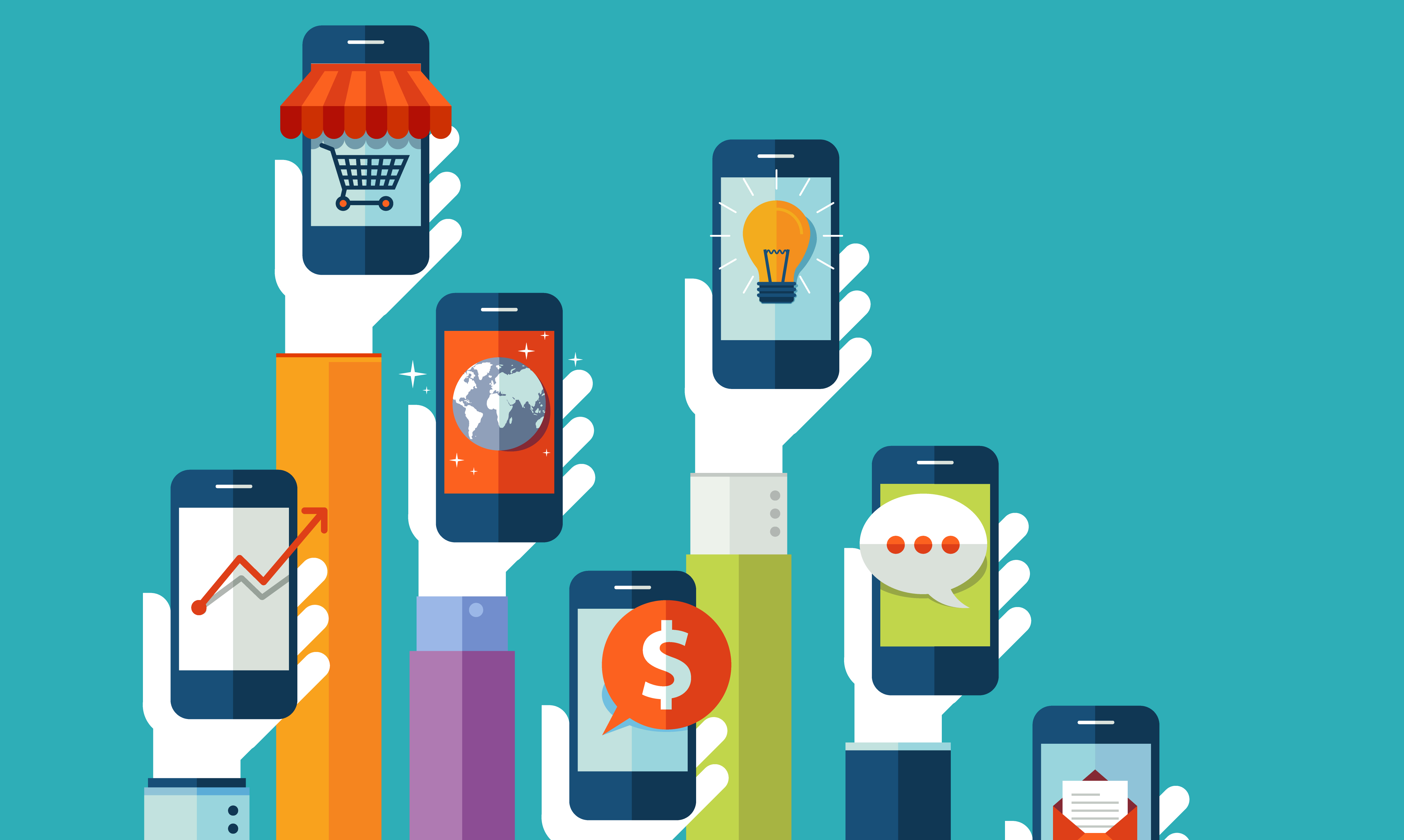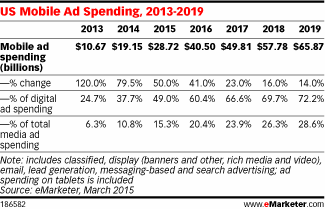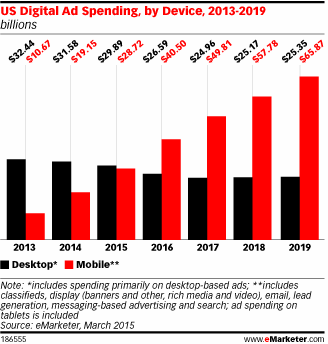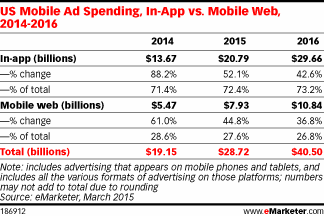What Happened
Earlier this week, Amazon notified advertisers of its decision to shut down its popular pay-per-click “Product Ads”, which shows texts and photos at the bottom of Amazon’s search results and usually links to other sites. Besides the obvious concerns over diverting traffic to competing ecommerce sites, Amazon may also be discontinuing this particular ad unit to stop companies like Google gaining access to its shopper data.
What Brands Should Do
This decision will no doubt push some brands that advertising their products on Amazon towards selling their products on Amazon as well. For those brands, it is important to build out the product pages with rich product descriptions, demo videos, and photos that can truly capture the attention of digital shoppers. For brands that still wish to direct shoppers to their own sites, Amazon offers an alternative ad format named “text ads,” which, as the name indicates, only offers textual links, admittedly making it a less attractive option for most retailers.
Source: Marketing Land
